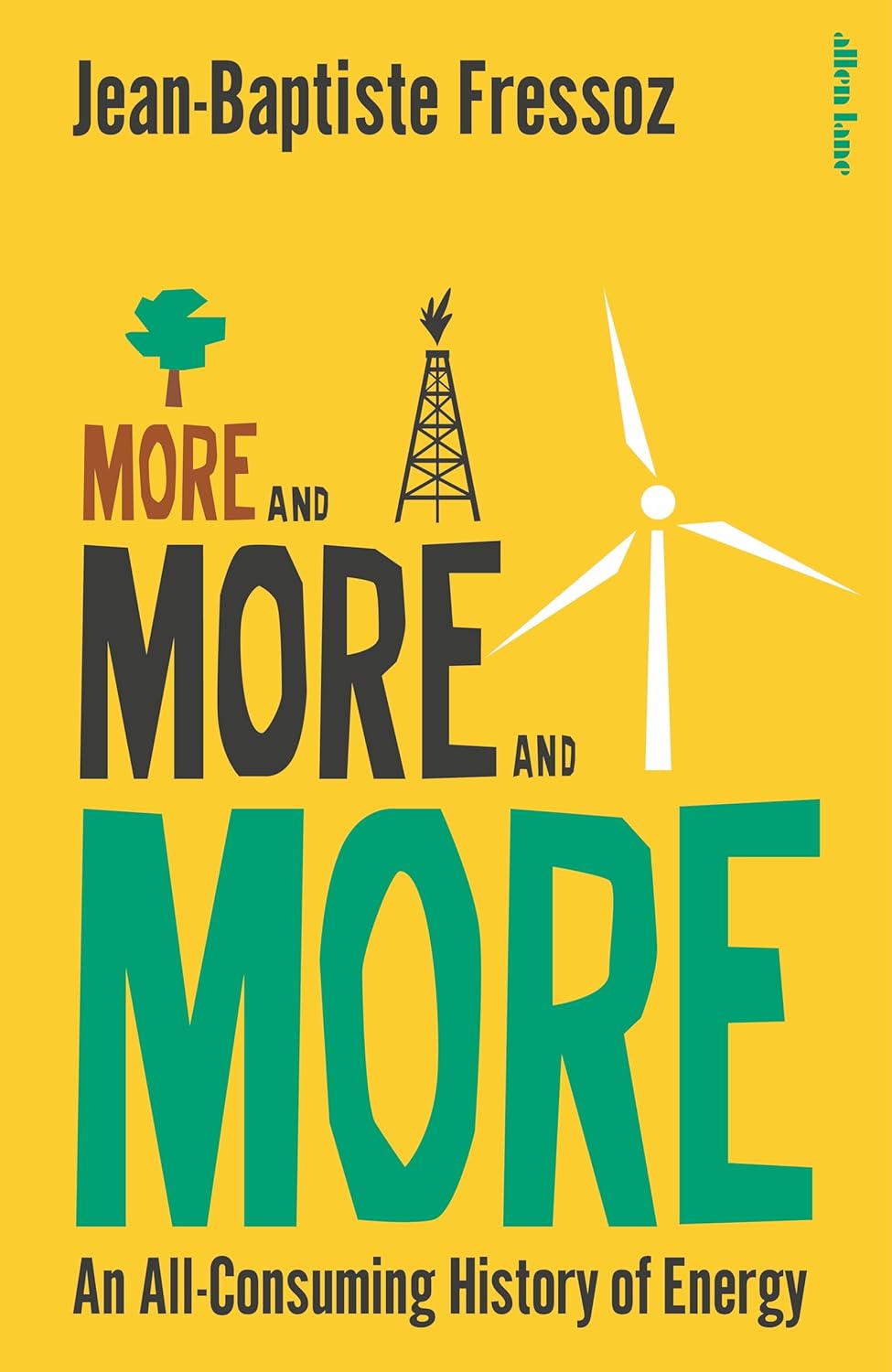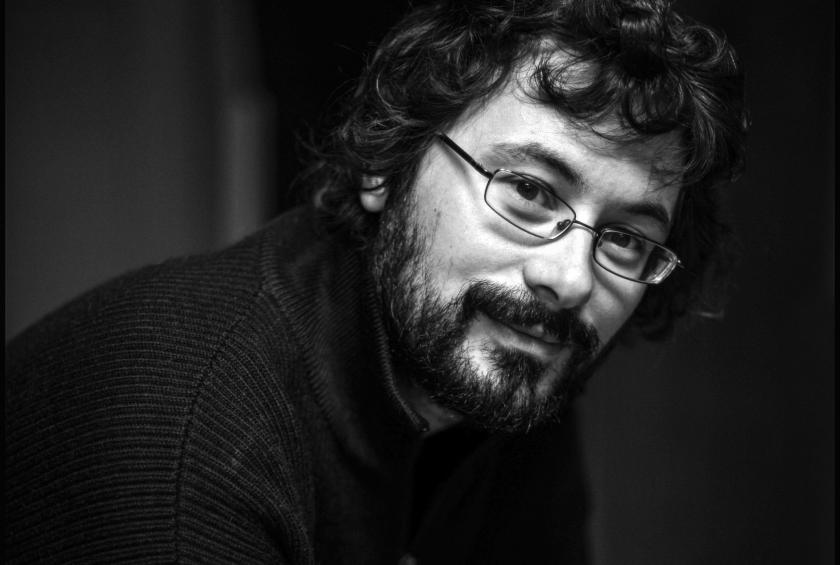If you are bothered about climate change – and who isn’t? – you’ll soon come across references to the “energy transition”. Example? Look, here’s one in this week’s New Scientist, a full-page ad from Equinor, the rebranded Norwegian state-owned oil and gas giant. Why is Equinor, now styling itself an energy company, still exploring for new oil and gas deposits?
Because, they say, demand will persist for decades to come, so it’s “the responsible thing to do” – even though the company is also investing in renewables, albeit only a quarter as much, to help “speed up the energy transition”.
Transition here is a vaguely reassuring term that helps with the greenwashing while Equinor continues doing what it knows how to do: unearthing more fossil fuel. And that, Jean-Baptiste Fressoz reckons, is typical usage. It’s a notion based on sloppy history, which holds that there have been energy transitions in the past – from wood to coal, to oil and gas. People know how to transform energy supply, the argument goes, and one more such switch will allow them to maintain a habitable planet. Meanwhile, we can pave the way for the transition while keeping the oil flowing. And not just oil companies, but pretty well everyone else, from the IPCC to supposedly radical renewable energy think tanks, have bought into the idea.
Yet the evidence, Fressoz argues convincingly, is against them. Following his mentor, the English historian David Edgerton, he shows how new technologies routinely beguile us, fostering the illusion that earlier ways of doing things are obsolete. What actually happens, though, is that old and new co-exist, often in mutually dependent fashion.
Just the same happened with new energy sources, Fressoz shows. The “coal age” saw a continued use of wood. That goes for wood as fuel. Half the world still cooks on wood-fired stoves. But his analysis concerns materials as much as energy. Coal brought a huge new demand for timber to fashion pit props for the mines and sleepers for the new steam-powered railways. Similarly, oil was first raised using wooden derricks and shipped in wooden barrels. Later, derricks, oil drums, tankers and ever-longer pipelines needed steel, from coal furnaces.
 Bringing in materials strengthens Fressoz’s argument, and allows him to fill out his catalogue of increasing consumption with some telling examples. A canter through the history of lighting, for instance, shows how commentators routinely exaggerate the impact of innovation, while neglecting to document actual adoption, or its material consequences. At the same time, his material history leads to some analyses that feel like digressions in a book about energy. The fact that cardboard consumption for packaging has expanded enormously is important, but seems a bit of a side issue in our efforts to stem global heating. (Looking that passage up, I note in passing that Allen Lane – generally a high-class publisher – offers this book with no index. There are only a couple of hundred pages of text here for your 25 quid, although followed by no less than 90 pages of notes, but the book is dense with information. Any use of the print edition after first reading is infuriatingly difficult.)
Bringing in materials strengthens Fressoz’s argument, and allows him to fill out his catalogue of increasing consumption with some telling examples. A canter through the history of lighting, for instance, shows how commentators routinely exaggerate the impact of innovation, while neglecting to document actual adoption, or its material consequences. At the same time, his material history leads to some analyses that feel like digressions in a book about energy. The fact that cardboard consumption for packaging has expanded enormously is important, but seems a bit of a side issue in our efforts to stem global heating. (Looking that passage up, I note in passing that Allen Lane – generally a high-class publisher – offers this book with no index. There are only a couple of hundred pages of text here for your 25 quid, although followed by no less than 90 pages of notes, but the book is dense with information. Any use of the print edition after first reading is infuriatingly difficult.)
Two thirds in, Fressoz moves on to rehearse how the idea of energy transitions took hold. That’s a tale involving population biology, source of the S-shaped “logistic curve” that marks the origin, ascent in numbers, and levelling off of a species filling a new niche, use of the same curve to map the trajectories of new technologies, and a lot of wishful thinking on the part of fossil fuel companies and advocates of new energy technologies, including nuclear power and renewables.
Fressoz comes close to dismissing logistic curves entirely, although there are clearly cases where technology adoption follows a path of that kind. The rise of, say, digital photography or mobile phones fit the classic curve pretty well. There are even examples in the energy sector. Recall the mass installation of gas boilers for central heating in the UK in the 1960s and ‘70s, and the feat makes it a bit easier to believe we could equip millions of houses with heat pumps if we really wanted to.
But his general oft repeated point clearly holds. Our energy sources are entangled and mutually interdependent – his term is symbiotic. Developing new sources of energy has, so far, made little impression on old ones, and has led to massive increases in use of materials.
The book is offered as a new way of thinking about the climate challenge. I’m not quite convinced it does that. From a UK perspective anyone who has looked seriously at the numbers will already know that our relatively good progress on reducing emissions is largely due to achieving one thing that is fairly easy: substituting coal burning in power stations for gas (less bad) and renewables (actually what we need). The recent final elimination of coal from our electricity supply is certainly a Good Thing. Unfortunately, nearly everything else we need to do to achieve net zero is really difficult. Lower carbon transport, heating, and agriculture, not to mention cement manufacture and steel-making, have barely begun.
Nor are any of the main political parties interested in explaining how hard it will be to go further. Rather, we have a new government that maintains, for example, that expanding airports in pursuit of growth is compatible with progress toward net zero because one day there will be sustainable aviation fuels and carbon capture, even though these are largely imaginary technologies.
We need to hold on to the idea of an energy transition, though, even as Fressoz is right to insist that nothing like it has ever happened before. That makes it much harder to plot how it might go. It will entail building out an entire new energy system. We have made a start on that, and could probably manage much more. But so far there’s little progress on the other necessity posed by global warming: dismantling all that fossil fuel infrastructure. That is far more challenging, and as Equinor’s ad shows the campaign to pretend it can be postponed goes on. So, the book ought to be read by anyone who does not already buy Fressoz’s simplest, most powerful message: “Combating global warming means achieving an unprecedented transformation of the material world by sheer force of will, and in an extraordinarily short space of time.”
- More and More and More: An All-Consuming History of Energy by Jean Baptiste Fressoz (Allen Lane, £25)
- More book reviews on theartsdesk















Add comment